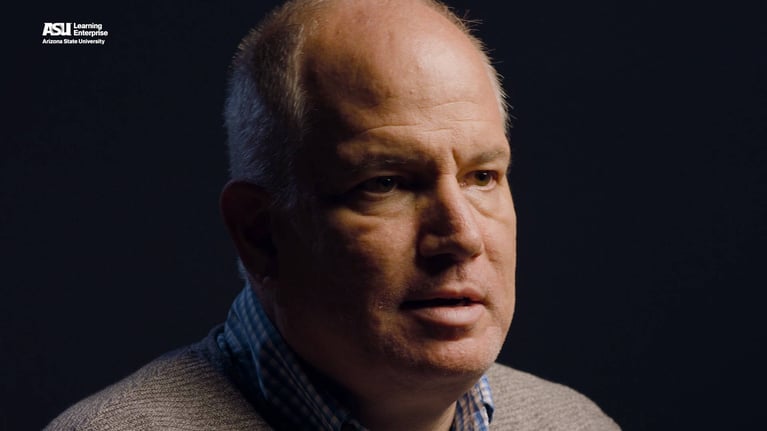What do surfers and electrons have in common? Surprisingly, a lot. Electrons are waves in that they demonstrate similar behavior, particularly when it comes to antibonding orbitals. As such, understanding how waves behave and function can help us better interpret electron behavior and bonding and antibonding at the orbital level.
The wave nature of electrons is an incredible thing.
Accepting that electrons have wave properties allows us to calculate and determine the space surrounding the nucleus where electrons can be found called orbitals. The existence of orbitals is quite important for you and me and the world as we know it. If atoms did not have orbitals to hold the electrons, the electrons would collide into the nucleus, and Boom! A massive amount of energy would be released, and that would be the end of everything. So, we should be very grateful that orbitals do exist, and we have them, all thanks to the wave nature of electrons.
We already talked about in a previous video that when two atoms come together to form a covalent bond, atomic orbitals come together to form molecular orbitals, one that is the bonding molecular orbital and the other that is the anti-bonding molecular orbital.
BONDING molecular orbital probably sounds obvious to you because you know that when atoms come together and share their electrons with one another, they form a BOND. On the other hand, the ANTI-bonding molecular orbital seems like it is just there for the ride without a real purpose. So, is the anti-bonding molecular orbital ever relevant for a molecule? Does it ever get used?
To answer this question, we have to look beyond a single molecule, and talk about chemical reactions. The exciting stuff - where molecules interact with OTHER molecules.
Just like atomic orbitals overlap to create molecular orbitals to create bonds within a molecule, in order for a molecule to create a new bond with ANOTHER molecule, their molecular orbitals have to overlap to create a new bonding molecular orbital.
In a standard substitution reaction that we cover in organic chemistry that we call the SN2 reaction, one molecule, the nucleophile, will donate its electrons to another molecule, the electrophile, that will accept those electrons. This process of donating and accepting electrons is what generates a new bond between the two molecules.
Now, let’s take a moment to think about this process in the context of molecular orbitals. The molecular orbital of the molecule that is doing the donating is OCCUPIED with electrons. While the molecule that is accepting the electrons needs an empty place, an UNoccupied molecular orbital, to put those electrons in. The overlap between the occupied and the UNoccupied molecular orbitals is what generates a new bonding molecular orbital between the two molecules. And it turns out, the UNoccupied molecular orbital in this case is the ANTI-bonding molecular orbital.
Yes, that’s right, the ANTI-bonding molecular orbital that seemed uninvolved and not so interesting earlier. It does serve a purpose; we simply had to examine its role beyond just discussing it in a static diagram and look at its use in a greater context of chemical reactions.


